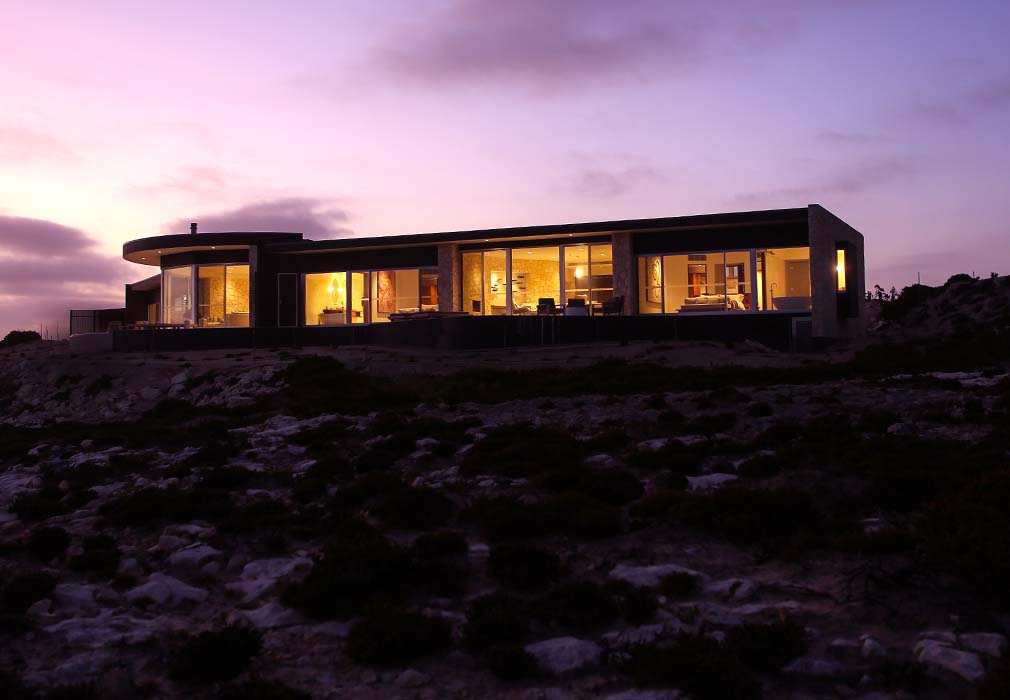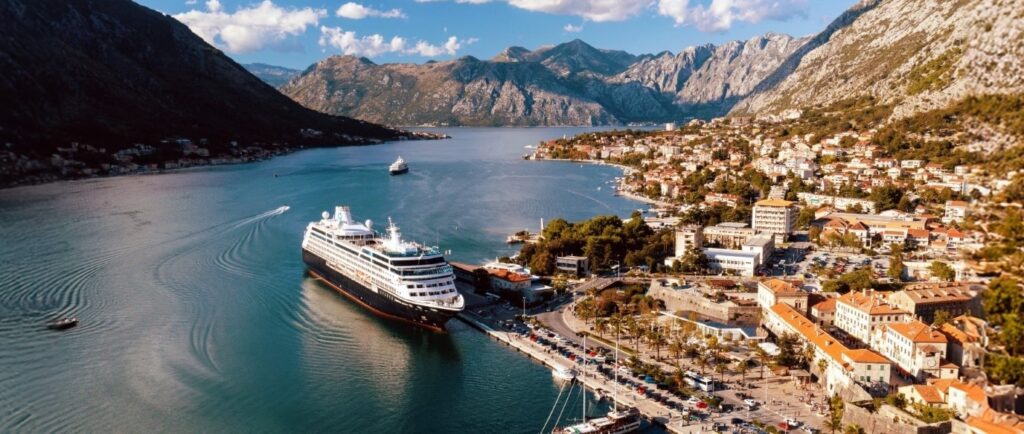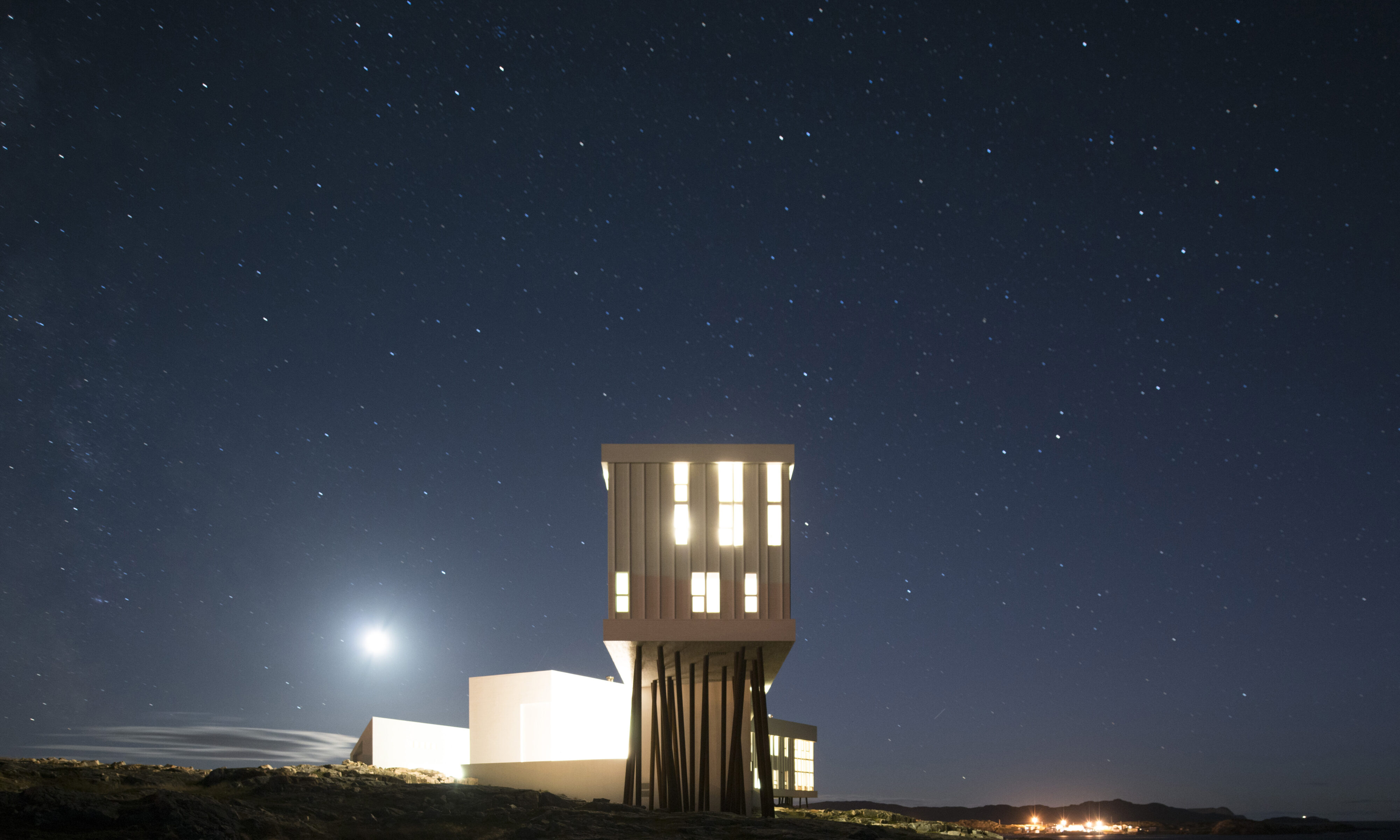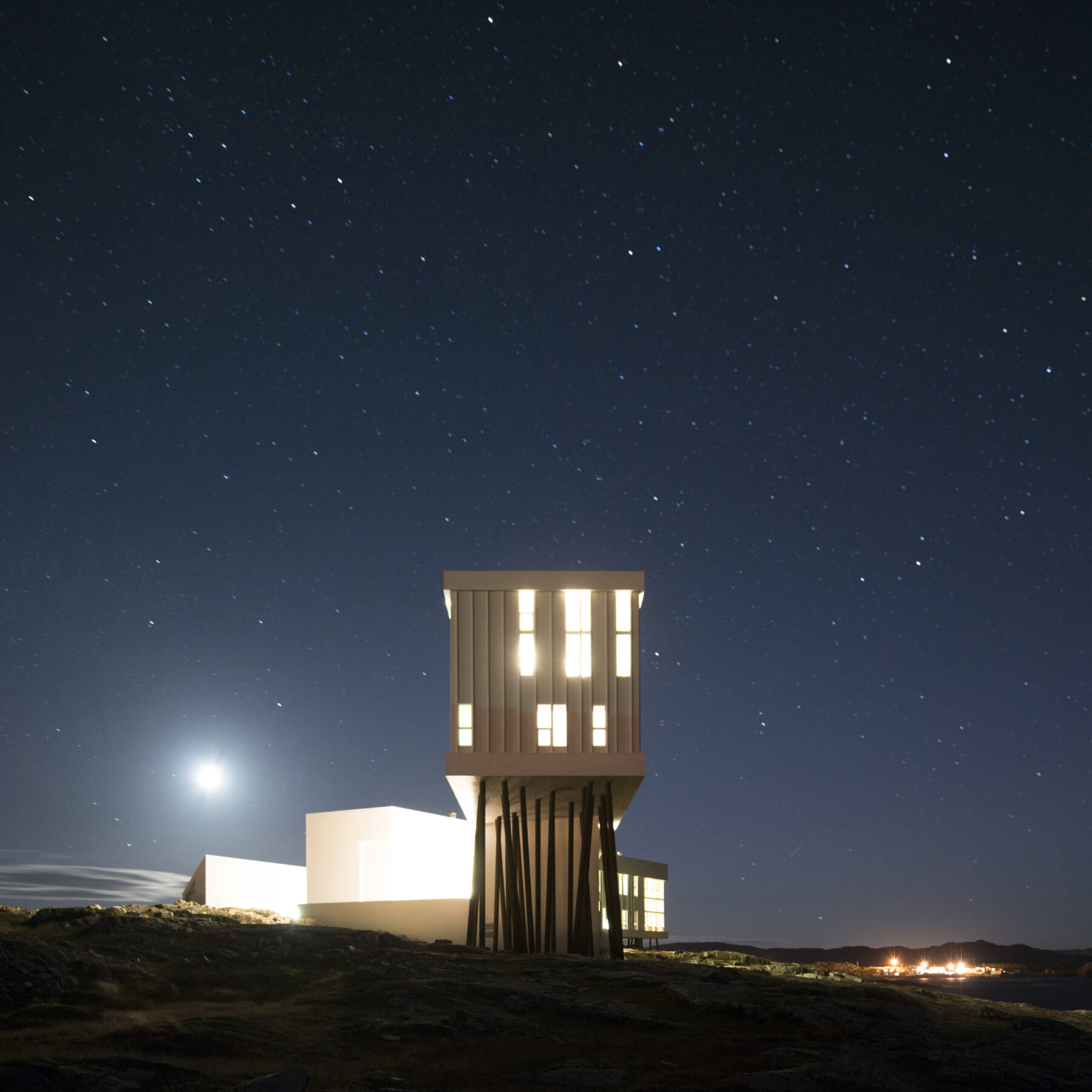From perfectly curated Instagram photoshoots to members-only clubs, travel has never been more trendy, easy or aesthetically appealing than it is now. But with this rush to visit the most popular and content-worthy spots, there’s a slew of exclusive experiences for travellers seeking something different—and, oddly enough, they’re happening after dark.
Noctourism, or nighttime tourism, is enticing travellers to visit “darker sky destinations” to do everything from spotting wildlife on night safaris in Zambia to less crowded tours of iconic sights in Rome.
“We’re seeing a clear rise in noctourism as a defining trend in travel,” says Amy Siegal, travel advisor at Valerie Wilson Travel. According to Chase Travel data, she notes, 73 per cent of travelers enjoy after-dark experiences like stargazing, night markets and guided nocturnal tours, while 86 per cent of Millennials are particularly enthusiastic about these activities. Greenland, specifically, is seeing significant growth as travellers seek out natural wonders like the Northern Lights, which can best be seen during nighttime hours of 10 p.m. to 2 a.m.
The trend of Noctourism is appealing to the same kind of traveller who is seeking out “calmcations,” another rising travel trend, or more wellness-focused experiences, where mindfulness, digital detoxes and a quest for spiritual wellbeing are key. “When you’re out on any adventure, it’s stimulating,” says Stephanie Vermillion, author of 100 Nights of a Lifetime, a book showcasing some of the world’s best after dark experiences, including snorkeling with manta rays in Hawaii and chasing the aurora borealis in Norway. But, she adds, what’s especially attractive about exploring at night is that “it really stimulates your senses in a way that our daily lives don’t.”

Vermillion’s love for noctourism began with a trip sleeping under the stars in the Sahara desert in Morocco. She says that with most after dark experiences, there is an element of exclusivity, primarily because it’s happening while most people are asleep. That means dealing with fewer crowds and almost always needing to hire local guides for safety and additional insight on these rarer adventures.
One such destination is the Southern Ocean Lodge, a luxury resort on Kangaroo Island in Australia, where guests are offered exclusive nocturnal walking safaris to view wildlife at night, like koalas who are at their most active at that time. In Australia’s country roads or outback, driving at night is not advised and wildlife-vehicle collisions are common, with an estimated 10 million animals dying each year. “[It can be] dangerous because there are so many animals. But Southern Ocean Lodge has been able to coordinate to have this safe, very slow moving nighttime safari, which is, I think, a response to this interest in nighttime travel,” Vermillion says.
You might have also heard of astrotourism, which sees travellers seeking out celestial experiences like stargazing and eclipse viewing. In fact, there’s been a surge of popularity for eclipse cruises, which are selling out in anticipation of the solar eclipse in August 2026, and will be visible in Greenland, Iceland, Spain and Russia. Noctourism falls under its scope, too. Organizations like DarkSky International work to create dark sky preserves, which are restricted public or private areas with the goal of reducing light pollution and protecting naturally dark skies. They also make for incredible stargazing. In Canada, there are 13 dark sky preserves across the country, including Wood Buffalo National Park, the largest in the world. And in the province of Saskatchewan, there’s a particular growing interest in astrotourism, with a push from the province’s tourism board for stargazing-specific travel offers.
But this growing interest in noctourism also comes with risks, like disruption to wildlife (it’s recommended to use red light, instead of white light when looking at animals), and introducing light pollution to areas with the development of hotels. “It can disrupt an ecosystem, it can disrupt communities,” Vermillion says. “Some of the considerations with nighttime tourism especially is just introducing all of this artificial light, whether it’s your flashlights; if you’re putting bright white spotlights on animals, it can temporarily blind them.”
Get the
Three from 3
newsletter
Join our global community of sharp, curious thinkers to receive a carefully curated email of the three most important things to read, see and do this week.
Listen and learn.
Tune into Third Culture Leaders, a podcast hosted by our co-founder and publisher, Muraly Srinarayanathas.
Explore how leaders skillfully navigate multiple cultural landscapes, leveraging their diverse backgrounds to drive innovation and change.

While technology like stargazing apps and cameras can be an integral part of the experience, Vermillion suggests that since it can take up to 30 minutes for your eyes to adjust to the darkness, putting your phone away and being present will make for an optimal experience. She hopes that noctourism will continue to grow in a safe and responsible way, and that there can also be positive effects from it, like deterring poaching, educating travellers on conservation efforts, and with organizations like Dark Sky International, working with communities to create Dark Sky-approved lodging.
“When you let yourself do these kinds of experiences, you realize how interconnected everything is,” Vermillion says, “that is just a superpower of the stars that we don’t always realize.”
For Vicky Derksen, a dark sky expert, experiencing the world at night isn’t anything new. Derksen lives in Fountain Hills, Arizona, a certified Dark Sky community, where she leads stargazing hikes in the desert with the Sonoran Conservancy of Fountain Hills. Derksen has hosted everything from corporate retreats to families looking to unplug, escape the light pollution from their big cities and connect with the stars. “We live indoors, and [when it gets dark], we turn on all of the lights, and then light pollution [erases] a lot of the stars for us,” Derksen says. “So, we don’t even know what’s up there. We don’t have a deep connection or relationship with the night sky like our ancestors did.”
In other words, for the novice night traveller, there’s a world waiting to be discovered. Just wait until the sun sets and let the stars be your guide.

